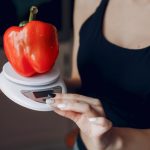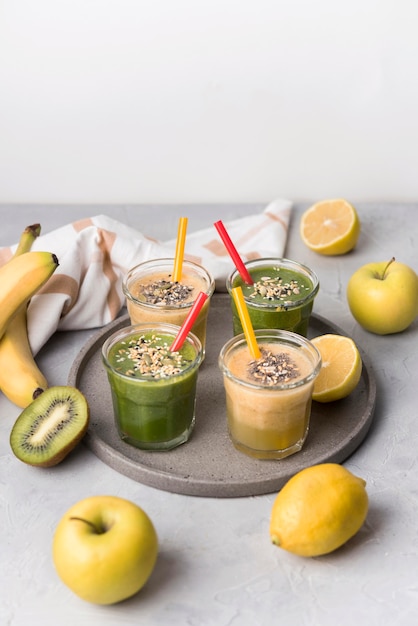
Keeping food safe and preventing illnesses largely depends on maintaining good hygiene and safety practices in the kitchen. Even after finishing a Food Hygiene and Safety course, many people tend to forget the basics when cooking daily. Whether you’re managing a professional kitchen or just cooking at home, steering clear of these usual blunders can help create a healthier and safer food setting.
1. Not Washing Hands Properly
Washing your hands thoroughly is one of the simplest yet often overlooked steps in food safety. A quick rinse isn’t enough; you should scrub with soap for at least 20 seconds, especially before cooking and after touching raw meat, poultry, or seafood. Proper handwashing helps stop the spread of harmful bugs like Salmonella and E. coli.
2. Cross Contaminating Raw and Cooked Food
Cross contamination happens when bacteria from raw food get onto cooked or ready-to-eat items. This often occurs when using the same cutting boards or utensils without cleaning them in between. To prevent this, always use separate boards for raw meat and other foods, and clean all surfaces and tools thoroughly after use.
3. Ignoring Expiry Dates
It’s easy to overlook expiry dates, but eating food that’s past its expiration can be risky. Expiry dates indicate the time frame when the food is safe to consume. Always check these dates and rotate your stock to use older items first.
4. Storing Food at Wrong Temperatures
If food isn’t stored at the right temperature, bacteria can grow quickly. The “danger zone” for bacterial growth is between 5°C and 63°C. Make sure perishable goods are refrigerated immediately and kept below 5°C. Leftovers should be refrigerated within two hours of cooking.
5. Thawing Food at Room Temperature
Leaving frozen food out on the counter to thaw allows the outer layers to warm up while the inside remains frozen, creating an ideal environment for bacteria. Instead, thaw food in the fridge, under cold water, or in the microwave.
6. Overlooking Personal Hygiene
While focusing on food, don’t forget the importance of personal hygiene. Contaminants can be introduced by handling food while sick, wearing dirty clothes, or failing to tie back long hair. Always wear clean clothes and tie back your hair when preparing food, and avoid cooking if you’re unwell.
7. Cooking at the Wrong Temperatures
Cooking food at the right temperature is crucial for killing harmful bacteria. In a rush, some might undercook meals, leading to foodborne illnesses. Use a food thermometer to check that food reaches the proper internal temperature, focusing on the thickest part of the meat.
8. Using Unclean Utensils
Using the same utensils for both raw and cooked food can cause cross-contamination, especially when juggling multiple tasks in the kitchen. Always use separate tools for raw and cooked food and clean surfaces and utensils immediately after using them.
9. Not Properly Washing Fruits and Vegetables
Although fruits and vegetables may look clean, they can harbor harmful bacteria or pesticides. Skipping a thorough wash can increase the risk of illness. Wash produce under running water before eating, and use a clean brush on firm items like cucumbers and melons.
10. Failing to Clean Kitchen Surfaces Regularly
Kitchen surfaces, especially worktops and cutting boards, can retain bacteria from raw food. If not cleaned, they can contaminate the next food prepared. Clean and disinfect all surfaces after preparing food, especially after handling raw meat.
In summary, food safety goes beyond preventing illnesses; it’s about protecting your health and that of others. By being aware of and avoiding these common mistakes, you ensure the food you prepare is both safe and healthy. Familiarize yourself with these key points, and you’ll be on a path to mastering safe cooking practices!









